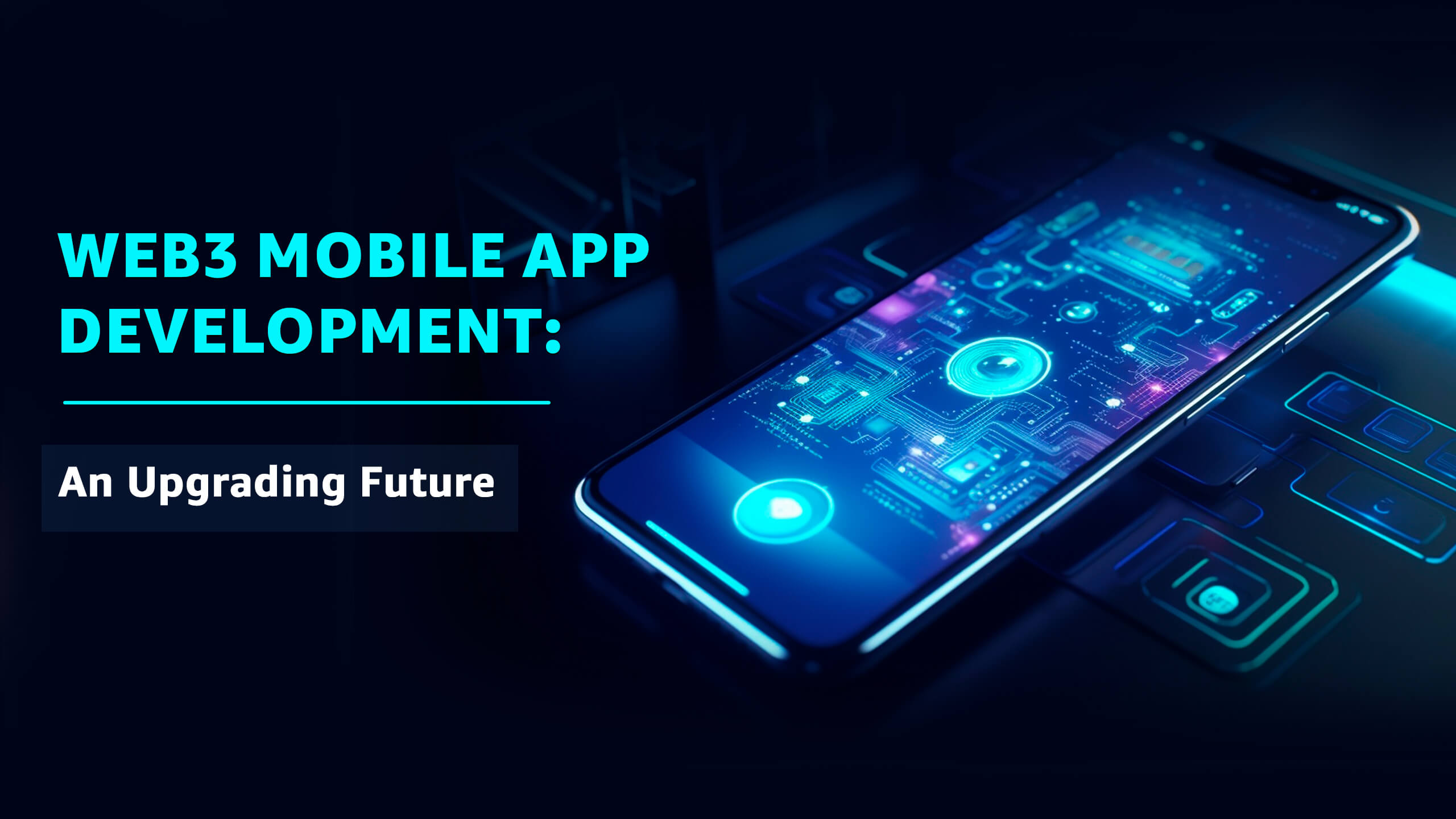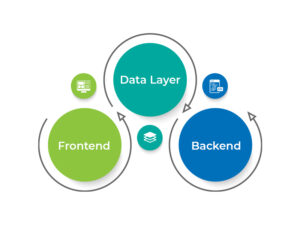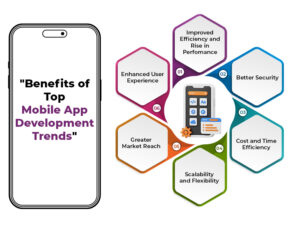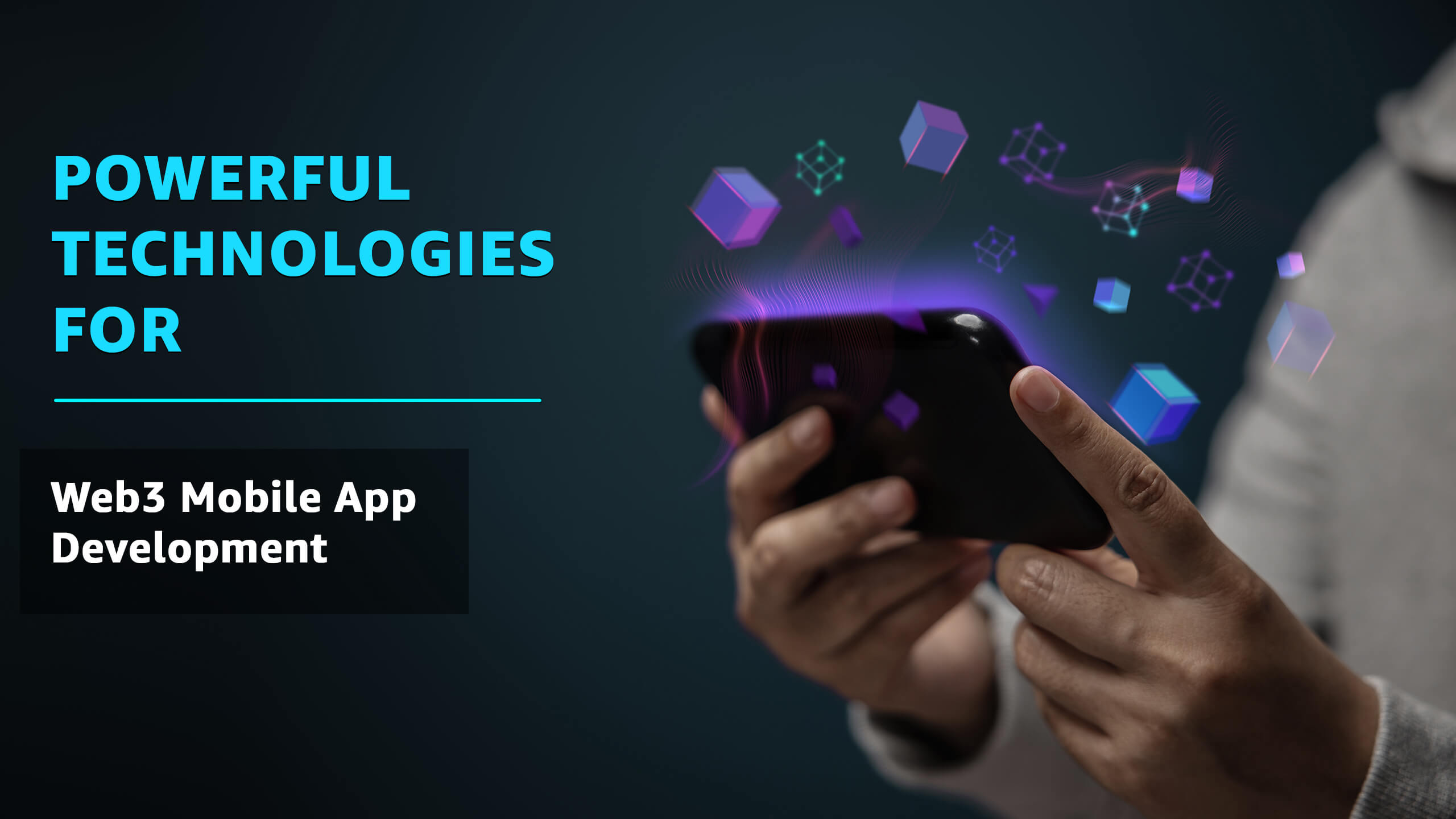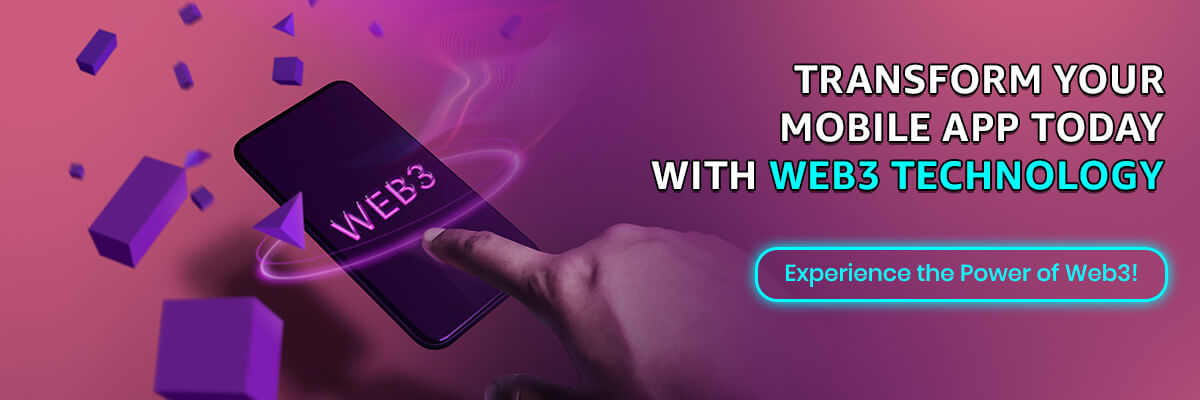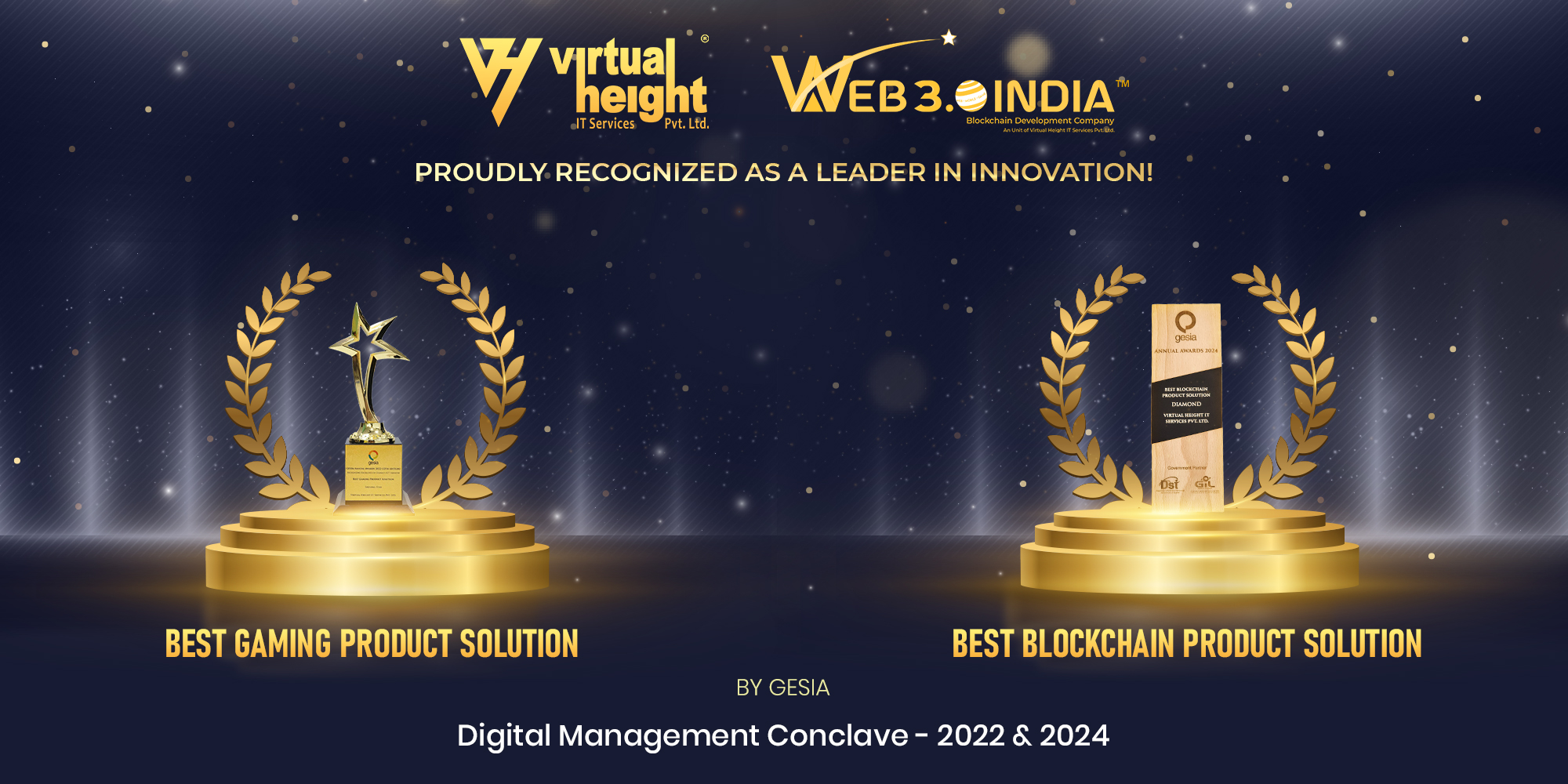Web3 mobile app development is a change in the app paradigm that is mostly characterized by decentralized protocols and the usage of Blockchain. Decentralized Web3 apps are also fundamentally different from centralized apps since the former is based on decentralized networks, enabling users to own their data and transactions. This method lowers interference from third parties and is immutable through the use of smart contracts or cryptographic solutions.
Web3 brings these concepts to the portable devices in the concept of mobile application development where safe financial transactions, decentralized identity, and seamless integration with the decentralized finance (DeFi) tools are in play. Web3 mobile app development empowers customers with the highest level of control regarding the content and privacy of their digital spaces.
Between 2014 and 2024, Web3 mobile apps saw exponential growth, driven by blockchain, DeFi, and NFTs. By 2023, wallet interactions surged 124%, daily users surpassing 4.2M. Innovations like smart contracts, 5G, and smartphone adoption have made Web3 pivotal in transforming gaming, finance, and social media globally.
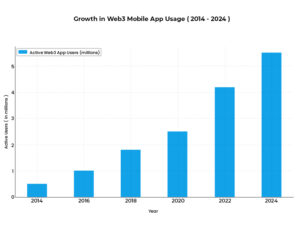
Overview of the Architecture of Web3 Mobile Apps
The frontend portion of a Web3 application might be the same as that of a Web2 mobile application. However, examining the application’s backend reveals a quite different picture.
When comparing the backend components of Web2 and Web3 programs, the Blockchain Node is the main component. It oversees the information scattered among a decentralized Blockchain network of nodes. To maintain the data on the chain, we rely on P2P networks and off-chain file storage. It has integrated private key-based authentication to verify users’ identities for the utmost level of security.
It is important to keep in mind that this is only a basic example of Web3 architecture. There could be a lot of different versions and quite intricate applications in use. Web3 apps include advantages such as improved immutability, security, and transparency. They also allow people and companies new ways to build and take part in decentralized ecosystems. Web3 mobile app development is anticipated to increase in popularity as blockchain technology use grows.
Revolutionary Advantages of Developing Web3 Mobile Apps
Web3, which is regarded as the next evolution of the internet, has brought about revolutionary improvements that are drastically altering several businesses. The Web3 mobile app development is leading the charge and it has many benefits above conventional Web2 apps.
Examine the main advantages of Web3 mobile app development and discover how it empowers consumers, organizations, and developers. To maximize its potential, Web 3.0 is utilized in the development of Web3 mobile apps. These apps are utilized in several sectors, including gaming and social networking. They use advanced technology to accomplish previously unattainable objectives.
-
Decentralization
Decentralization is one of the biggest benefits of Web3 mobile app development. Currently, based on Web2 applications, several centralized servers can be attacked by hackers, fail, or leak data. Web3 applications, on the other hand, operate on decentralized platforms such as the blockchain; which divides the data received into more than one node. Since the program has a decentralized architecture, it means it can function optimally and securely even if some sections or nodes fail.
-
Improved Privacy and Security
Web3 mobile apps are built using the blockchain with reliable protection features. When it comes to the modification of data, the properties of blockchain, namely decentralization and distribution, ensure that data once incorporated cannot be edited or erased without the consensus of the other users in the network. Consequently, there is a reduced risk of fraud and cases of changing sensitive data without authority.
Web3 apps also put the privacy of their users first by letting users manage their data, frequently using cryptographic keys. In contrast, user data for Web2 apps is frequently kept on centralized servers and is vulnerable to abuse by the service providers.
-
Control and Ownership
In the Web2 environment, the firms that provide the services usually control the data, not the consumers. By granting consumers ownership over their data and digital assets, Web3 mobile app development modifies this dynamic. Users own complete control over how their data is shared and make money because of the usage of decentralized identifiers and smart contracts. User-centric techniques are becoming more popular because of the rising demands for data ownership and privacy in the digital age.
-
Interoperability
One of the important aspects of building Web3 is the opportunity for the seamless integration of mobile applications and blockchain networks and protocols. Through blockchain interoperability, users and developers remain free from being locked into a certain platform or ecosystem. They may easily transfer their assets and data between platforms, which encourages creativity and teamwork. This increases the potential user base for developers by enabling them to create apps that are more adaptable and interoperable with different blockchain technologies.
-
Enhanced Experience for Users
Nevertheless, the goal of Web3 mobile app development is to enhance the quality of user experience, even if the process seems rather technical. Due to decentralized applications (dApps), the consumer is now able to enjoy fast and reliable services without the common app demerits such as server issues. Also, integrating smart contracts with payment technology can eliminate procedures and enhance the fluidity of transactions.
Powerful Technologies for Web3 Mobile App Development
Web 3. 0, or as it is also called the decentralized web, and its technologies change the concept of creating mobile applications. These innovations seek to make the internet safer, more resilient, and oriented towards users. The following are the leading technologies that are driving the web3 mobile app development.
-
Blockchain
The foundation of Web 3.0 is blockchain technology. It offers a decentralized, permanent record of transactions that increases their security and availability to a wider public. Blockchain technology may be deployed in the creation of mobile apps mainly for conducting secure transactions, validating identity, or used in the management of the supply chain.
-
Decentralized Storage
Web 3.0 favors decentralized storage options like IPFS (InterPlanetary File System), whereas traditional cloud storage is centralized. By distributing data among several nodes, these technologies lower the possibility of data breaches and guarantee data integrity. Decentralized storage may be used by mobile apps to store and share files securely.
-
Smart Contracts
Self-executing contracts, or smart contracts, have their terms encoded directly into the code. They automate and secure agreements without the need for middlemen by operating on blockchain platforms like Ethereum. Smart contracts are used by mobile applications for several things, such as automated processes, financial transactions, and legal agreements.
-
Machine Learning and Artificial Intelligence
Web 3.0 will be greatly impacted by artificial intelligence and machine learning technologies, which allow for intelligent and customized user-application interactions. These technologies will make applications that are more intelligent and complex and can adjust to the requirements and preferences of users.
-
Tokenization
Tokenization is the process of generating digital tokens on a blockchain that stand in for resources, privileges, or services. Tokenization is used by mobile apps for a variety of purposes, including community governance, digital collectibles (NFTs), and in-app incentives.
Conclusion
By combining smart contracts, decentralized networks, and blockchain technology, web3 mobile app development transforms digital engagement. This improves user control over data, transparency, and security. To fully realize the potential of decentralized apps (dApps), developers must prioritize user experience, seamless integration, and strong security as usage develops.


